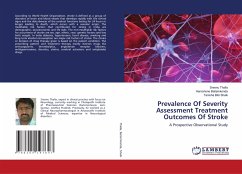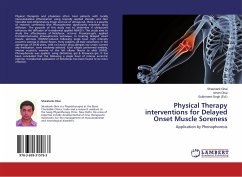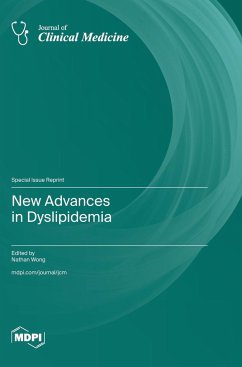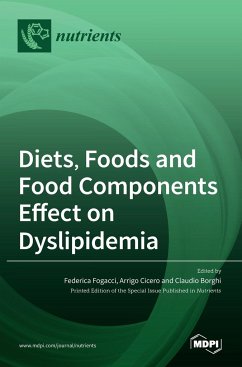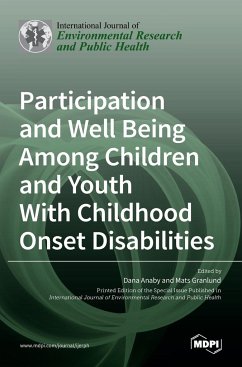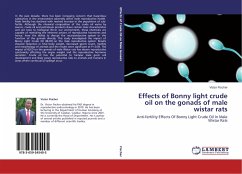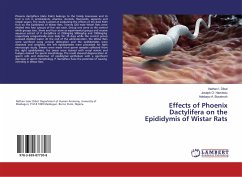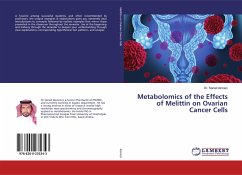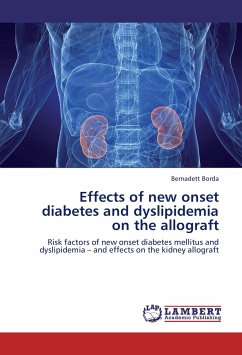
Effects of new onset diabetes and dyslipidemia on the allograft
Risk factors of new onset diabetes mellitus and dyslipidemia - and effects on the kidney allograft
Versandkostenfrei!
Versandfertig in 1-2 Wochen
24,99 €
inkl. MwSt.

PAYBACK Punkte
12 °P sammeln!
The principal risk factors for cardiovascular mortality posttransplantation are hyperglycemia, hypertriglyceridemia, obesity, and smoking. We assessed the risk factors for new-onset diabetes and dyslipidemia and their effects on the function and histopathologic changes in the allografts at 1 year posttransplantation. In regard to immunosuppressive therapy, new onset diabetes mellitus was significantly more frequent among patients prescribed tacrolimus, whereas subjects who received cyclosporine A showed a significantly higher incidence of dyslipidemia. In regard to allograft function, a signif...
The principal risk factors for cardiovascular mortality posttransplantation are hyperglycemia, hypertriglyceridemia, obesity, and smoking. We assessed the risk factors for new-onset diabetes and dyslipidemia and their effects on the function and histopathologic changes in the allografts at 1 year posttransplantation. In regard to immunosuppressive therapy, new onset diabetes mellitus was significantly more frequent among patients prescribed tacrolimus, whereas subjects who received cyclosporine A showed a significantly higher incidence of dyslipidemia. In regard to allograft function, a significant difference was noted at year 1 after transplantation. When assessing morphologic changes in the kidney, we observed significantly more frequent interstitial fibrosis/tubular atrophy in all 3 groups compared with normal function patients. Our clinical study suggested that at year 1 after transplantation the allograft function is already impaired in the presence of both medical conditions (diabetes and dyslipidemia). However, in regard to morphology, a single condition (diabetes or dyslipidemia) is sufficient to produce histologic changes in the kidney.



